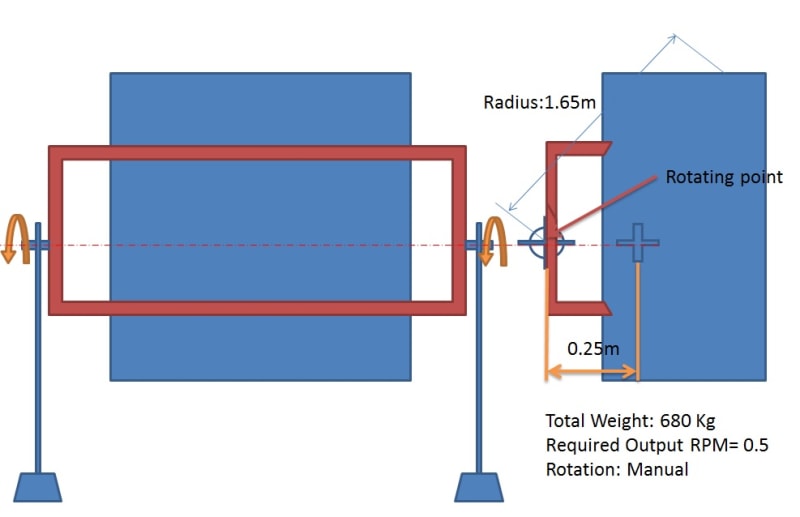Gopalakrishnan C
Mechanical
Hi,
I need a hand cranking methods to rotate by 1600NM. I was searching in Boston gears but unable to find out.
The fixture rotation rpm is 0.5.
Thanks!
I need a hand cranking methods to rotate by 1600NM. I was searching in Boston gears but unable to find out.
The fixture rotation rpm is 0.5.
Thanks!


![[glasses] [glasses] [glasses]](/data/assets/smilies/glasses.gif)
